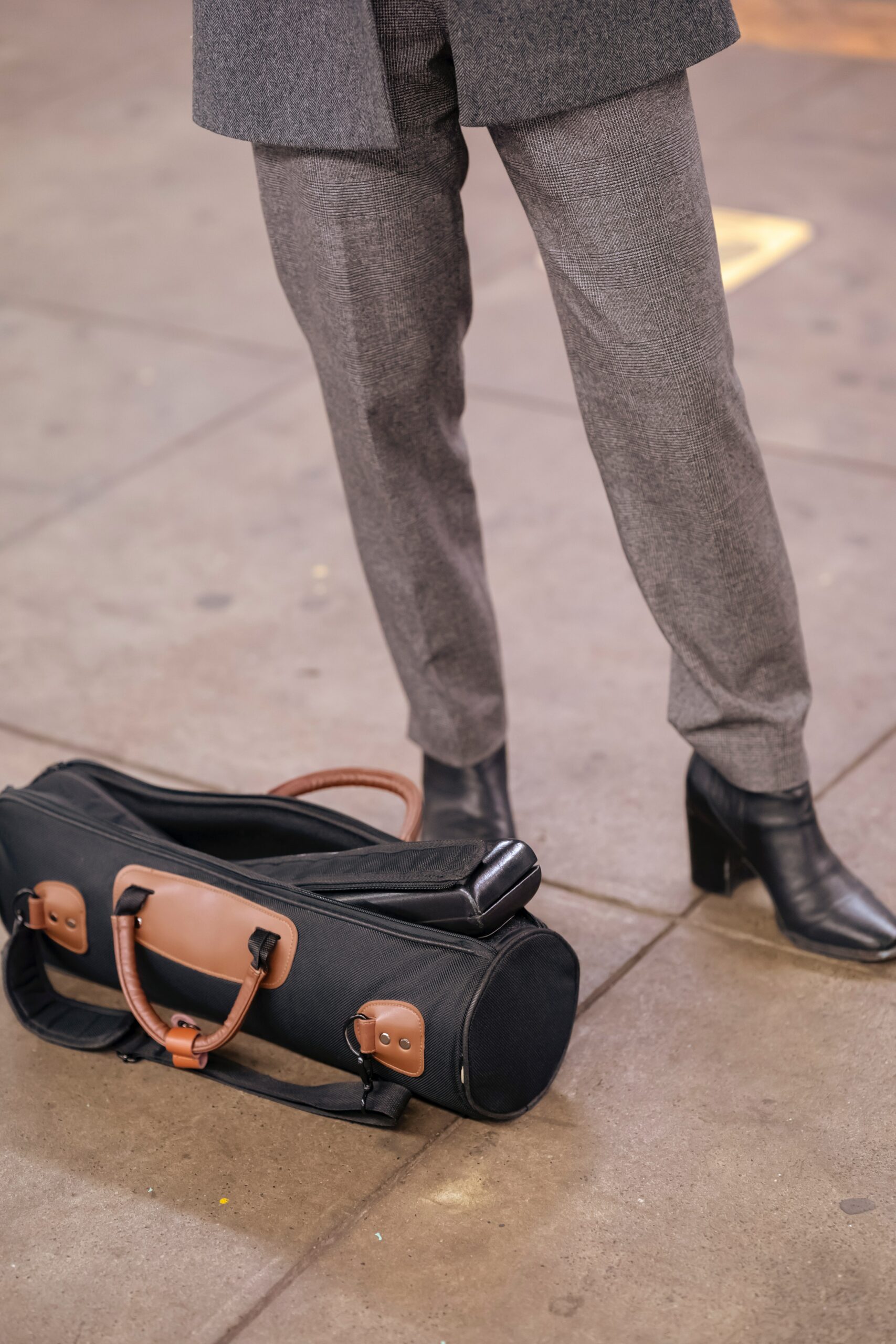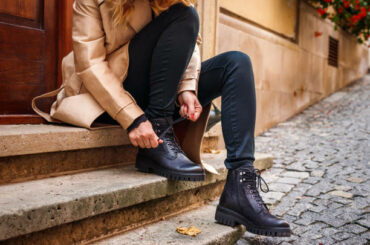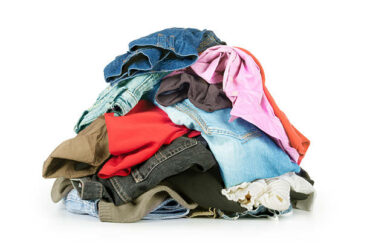Contents
Loafer Heel Slip
You slip into your favorite pair of loafers, ready to conquer the day with style and comfort. But as you take your first steps, you notice an annoying issue – your heels keep slipping in your loafers. Fret not; you’re not alone in this struggle. In this guide, we’ll dive deep into the world of loafer heel slip: what causes it, why it’s crucial to address, and how to prevent and fix it.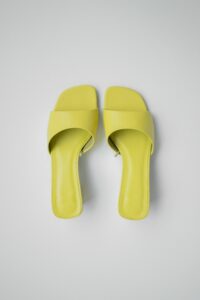
Understanding Loafer Heel Slip
What Causes Heel Slip in Loafers?
Loafer heel slip occurs when your heels slide up and down inside the shoe as you walk. It’s a common problem that can turn your elegant strides into an uncomfortable shuffle. Understanding the root causes is the first step to solving this issue.
Incorrect Shoe Size: One of the leading causes of heel slip is wearing loafers that aren’t the right size for your feet. Ill-fitting shoes can lead to various discomforts, and heel slip is just one of them.
Shoe Shape and Design: The design of the loafers matters. Some loafers have a slip-on style with minimal structure at the heel, making them more prone to heel slip.
Material and Construction: The materials used and how the loafers are constructed can impact the fit. Softer materials may stretch over time, leading to increased heel slip.
Imagine you’ve ordered a stunning pair of leather loafers online, and they finally arrive. Excitedly, you try them on, but you notice that your heels keep slipping as you walk. It’s frustrating because they look perfect, but the fit is far from it.
Common Causes of Loafer Heel Slip
Incorrect Shoe Size
Choosing the right shoe size is crucial for preventing heel slip. Many people wear the wrong size without even realizing it. To make sure your loafers fit perfectly: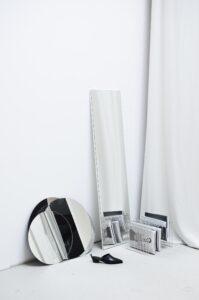
- Tip for Accurate Sizing: Measure your feet in the evening when they’re slightly larger due to daily activities.
- Sizing Charts and Recommendations: Refer to the sizing charts provided by the brand you’re buying from. Pay attention to these guidelines when making your purchase.
You decide to treat yourself to a new pair of loafers for an upcoming vacation. You measure your feet using a sizing chart provided by the brand and find that your size falls between two options. After reading reviews, you opt for the slightly larger size to ensure a comfortable fit.
Shoe Shape and Design
The design of your loafers plays a significant role in heel slip. Loafers with a more closed heel cup and a snugger fit around the ankle are less likely to cause heel slip. On the other hand, slip-on styles with a wider opening may lead to this issue.
You’ve always admired the sleek look of slip-on loafers. You decide to invest in a high-end pair, but after wearing them for a while, you notice that your heels keep slipping. It’s a lesson learned that not all loafers are created equal, and design matters when it comes to preventing heel slip.
Material and Construction
Consider the material and construction of your loafers:
- Materials: Softer and more flexible materials, such as suede or certain types of leather, may be more prone to stretching and causing heel slip over time.
- Construction: Loafers with a built-in heel grip or padding are designed to prevent heel slip. Check for these features when shopping for new loafers.
You’ve had a pair of suede loafers for a few months, and initially, they fit snugly. However, over time, you notice that your heels start slipping. You realize that the soft suede material may have stretched a bit, contributing to the heel slip.
Consequences of Ignoring Heel Slip
Ignoring heel slip can lead to various issues:
Foot Discomfort and Pain
When your heels constantly rub against the back of the loafers, you’re at risk of developing blisters and calluses. Over time, this can lead to more serious foot problems.
You’re attending a series of important meetings at work, and your loafers keep causing discomfort with every step. By the end of the week, you have painful blisters on your heels, making it difficult to focus on your tasks.
Impact on Posture and Gait
Ill-fitting loafers can affect your posture and walking style. You might find yourself adopting an awkward gait to compensate for the slipping heels. This can put extra strain on your feet, legs, and even your spine.
You’re on a vacation tour that involves a lot of walking. Your loafers are causing your heels to slip, forcing you to walk in an unnatural way. After a day of sightseeing, your back aches, and you realize the importance of addressing heel slip for the sake of your overall comfort.
Prevention and Solutions
Now that we’ve covered the causes and consequences, let’s explore how to prevent and fix loafer heel slip.
Choosing the Right Loafer Size
- Tip for Accurate Sizing: Measure your feet in the evening when they’re slightly larger due to daily activities.
- Sizing Charts and Recommendations: Refer to the sizing charts provided by the brand you’re buying from. Pay attention to these guidelines when making your purchase.
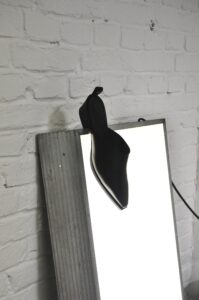
You decide to treat yourself to a new pair of loafers for an upcoming vacation. You measure your feet using a sizing chart provided by the brand and find that your size falls between two options. After reading reviews, you opt for the slightly larger size to ensure a comfortable fit.
Insoles and Inserts
- Types of Insoles: Consider using insoles or inserts designed specifically to prevent heel slip. These often have adhesive backs to secure them inside your loafers.
- Application Techniques: Follow the instructions provided with the insoles for the best results. Proper placement is crucial to ensure they effectively prevent heel slip.
Your favorite pair of loafers has been causing heel slip, so you decide to try heel grips. You carefully apply them inside your loafers, making sure they’re positioned correctly. Now, you can enjoy a slip-free and comfortable fit.
Proper Lacing and Adjustments
- Techniques for Securing the Heel: For loafers with laces or straps, make sure to tighten them adequately to secure your heel in place.
- Making Necessary Adjustments: If your loafers have adjustable features, such as buckles or Velcro straps, experiment with different settings to find the most secure fit.
You have a pair of loafers with adjustable buckles at the sides. After experiencing heel slip, you decide to tighten the buckles a bit more to secure your heels. The simple adjustment makes a significant difference in preventing slip.
Tips for Loafer Shopping
Trying Before Buying
- Importance of Trying On: Whenever possible, try on loafers in-store before making a purchase. Walk around and assess the fit and comfort.
- Assessing Fit: Pay attention to how your heels feel inside the shoes. If there’s any hint of slip during your test walk, consider trying a different size or style.
You’ve set out to buy a new pair of loafers for an upcoming event. You visit a shoe store and try on several pairs, taking the time to walk around and evaluate the fit. By doing so, you find a pair that fits perfectly and doesn’t cause any heel slip.
Online Shopping Considerations
- Reading Reviews: If you’re shopping online, read reviews from other customers. Look for feedback on the fit and any mentions of heel slip.
- Return Policies and Exchanges: Ensure the online retailer has a flexible return policy in case the loafers don’t fit as expected.
You’ve found a stylish pair of loafers online, but you’re hesitant to purchase them without trying them on. You read reviews from other buyers, and some mention that the fit is true to size and doesn’t cause heel slip. With this assurance, you decide to make the online purchase.
DIY Fixes for Minor Heel Slip
Using Heel Grips and Pads
- How They Work: Heel grips and pads are adhesive inserts that provide extra grip and padding at the heel area.
- Application Techniques: Carefully apply these accessories inside your loafers, following the provided instructions. They can make a noticeable difference in preventing heel slip.
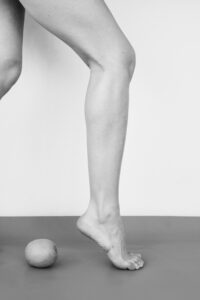
Your favorite pair of loafers has been causing heel slip, and you’re not ready to part with them. You purchase a set of heel grips and pads, following the application instructions. Now, your beloved loafers fit like a dream.
Sock Choices for Reducing Heel Slip
- Types of Socks: Consider wearing socks with non-slip features or ones that are designed to grip the heel area more effectively.
- Layering and Styling Options: If traditional socks don’t do the trick, you can experiment with double-layering or different sock styles to achieve a snug fit.
You have a pair of loafers that occasionally cause heel slip when you wear them with regular socks. You switch to socks with anti-slip grips on the heel area, and the problem disappears. Your stylish loafers are now comfortable and slip-free.
When to Seek Professional Help
If you’ve tried various fixes and still experience persistent heel slip, it might be time to consult with a professional:
- Persistent Heel Slip: If heel slip continues to be a problem despite your efforts, it could be due to factors beyond the fit of the loafers.
- Identifying Underlying Foot Issues: A podiatrist or shoe specialist can assess your feet and gait to identify any underlying foot issues contributing to heel slip.
Despite trying different fixes, your heel slip issue persists and is causing foot discomfort. You decide to consult a podiatrist who discovers an underlying foot condition that’s exacerbating the problem. With their guidance, you address the root cause and finally enjoy a comfortable, slip-free experience in your loafers.
Conclusion
In conclusion, loafer heel slip is a common but solvable problem. By choosing the right size, considering shoe design, and using preventative measures like insoles or heel grips, you can enjoy comfortable, slip-free steps in your favorite loafers. Remember, a well-fitting shoe is not just about style; it’s essential for your foot health and overall comfort. So, the next time you slip into your loafers, make sure your heels stay where they belong – comfortably snug and stylishly secure.

